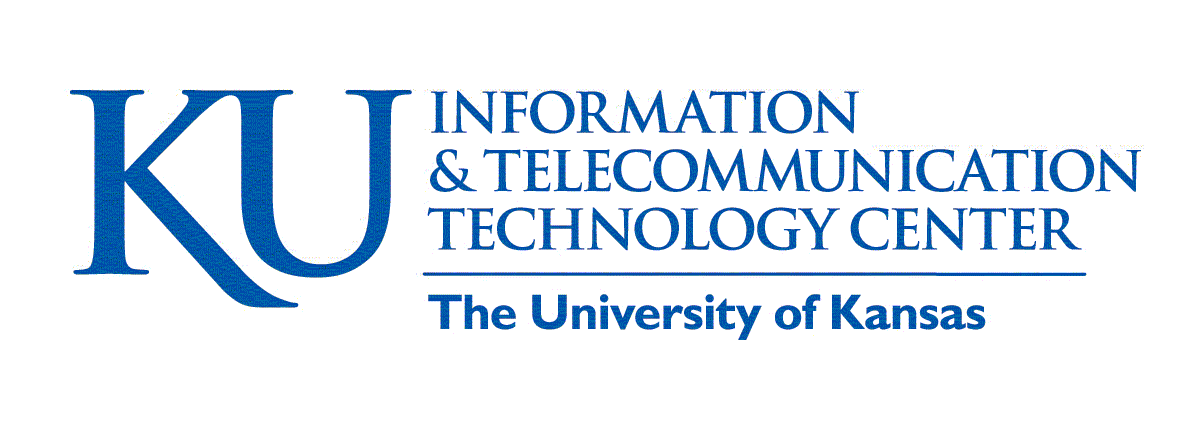

Quantifying the Temporal Characteristics of Congestion Events in the Internet
| The objective of this research is to lay the foundation for a QoS metric
that can be easily understood and can be used for the design of future
packet networks. The premise of the proposed research is that Quality
of Service (QoS) mechanisms have not been widely employed because of
both their complexity and their lack of relationship to user perceived
performance. Therefore, it is currently difficult to justify the investment
in complex QoS technologies while their value to the end customer is
unknown. There have been cases where commercial networks have been over
provisioned, resulting in all users, independent of QoS requirement
or priority, receiving the same service. Based on these experiences
network customers are reluctant to pay extra for QoS. Historically, the telephony QoS metric, call blocking probability, was not only easily understood but provided the foundation for network design. Clearly this metric is not suitable for packet networks like the Internet, since packet networks experience delay and packet loss in the presence of congestion. Recently, it has become increasingly apparent that it is the temporal characteristics of the congestion episodes, that cause delay and loss, have the dominant effect on user perceived QoS. Reinforcing the increasing importance of the temporal characteristics of congestion is the recent work in the Internet Engineering Task Force (IETF) on measurement-based temporal QoS metrics. Once congestion occurs at a bottleneck point in the network it tends to persist and cause a user observable impairment. Thus there is a need to increase our understanding of the temporal characteristics of congestion. To address this issue a new QoS metric is defined, the rate of congestion events per unit time, and a research effort identified to develop analytic methodologies to study this QoS metric. Specifically, this research will focus on: 1) predicting the frequency of congestion events for long range dependent (LDR) like traffic, i.e., fractional Brownian motion, in a network context, 2) developing simple approximations for predicting the frequency of congestion events, 3) validating the resulting prediction methodologies for networks using real high resolution traffic measurements, 4) developing efficient techniques to measure the rate of congestion events, and 5) relating the congestion event metric proposed here to new measurement-based temporal QoS metrics. A rigorous definition is proposed for the time between congestion episodes, which leads to the application of first hitting time analysis for its prediction. The proposed research will exploit some recent theoretical results as well develop new methods for predicting first hitting times for a realistic traffic. Network users have been struggling to quantify their perceived performance. The new QoS metric proposed here summarizes the network component of performance in one easily understandable number. Equally important, the proposed metric is structured in such a way that it can be used for network engineering. We expect the proposed metric, combined with accurate prediction techniques, will play an important role in designing future packet networks. |
|
2004-CISE Networking Research Nugget-Idea
2004-CISE Networking Research Nugget-Tool
| Questions?
Comments? Send mail to frost@ittc.ku.edu |